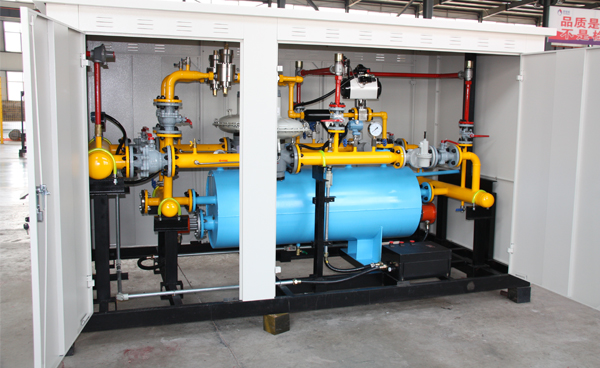
7 月 . 25, 2024 12:56
Back to list
Understanding the Importance and Functionality of Gas Pressure Regulators in Various Applications
Understanding Gas Regulators Their Importance and Functionality
Gas regulators are crucial components in various industries and residential applications, ensuring that gas is safely and efficiently delivered at the right pressure. These devices help maintain a consistent flow of gas, converting high-pressure gas from tanks or pipelines into a lower, usable pressure. This article explores the types, functions, and significance of gas regulators.
What is a Gas Regulator?
At its core, a gas regulator is a mechanical device designed to control the pressure and flow of gas from a storage source to a consumer appliance. Most commonly used in residential setups for appliances like gas stoves, water heaters, and furnaces, gas regulators are also vital in industrial settings for processes requiring controlled gas supply.
How Gas Regulators Work
Gas regulators operate based on the principle of pressure control. When gas flows from a higher-pressure source, it can enter a regulator, which typically consists of several key components, including a diaphragm, spring, and valve. Here's a simplified explanation of the functioning mechanism
2. Diaphragm Movement The high-pressure gas pushes against the diaphragm within the regulator. This diaphragm is a flexible membrane that responds to increasing pressure.
3. Pressure Adjustment As the diaphragm moves, it adjusts the opening of a valve, which regulates the outflow of gas. If the pressure on the outlet side of the regulator becomes too high, the diaphragm closes the valve slightly, reducing the flow and bringing the pressure back to the desired level.
4. Safety Features Most modern gas regulators come equipped with safety features, such as internal relief valves, that prevent over-pressurization of connected appliances.
Types of Gas Regulators
gas regulator

Gas regulators can be classified into several categories based on their intended application
1. Single-Stage Regulators Ideal for situations where the gas pressure needs to be reduced once. These are commonly found in residential setups.
2. Two-Stage Regulators These provide more precise pressure control through a two-step reduction process. They are often used in industrial applications where maintaining stable pressure is critical.
3. Lockup Pressure Regulators These are designed to shut down in case of excessive pressure, providing an additional layer of safety.
4. High-Pressure Regulators Specifically designed to handle higher input pressures, often used in specialized industrial applications.
Importance of Gas Regulators
Gas regulators play a vital role in ensuring safety and efficiency in gas distribution systems. By controlling pressure, they help prevent potential hazards such as gas leaks and explosions that could arise from excessive pressure. Additionally, these devices contribute to the efficiency of gas appliances, improving their performance and longevity by ensuring that they operate under optimal conditions.
Moreover, gas regulators help in conserving gas by ensuring that only the necessary amount is delivered to appliances, reducing waste and contributing to environmental sustainability.
Conclusion
In summary, gas regulators are indispensable devices that offer both safety and efficiency in the handling of gas across various applications. Understanding how they work and recognizing their importance can help users appreciate their role in everyday life. As technology progresses, advancements in gas regulation will continue to enhance safety standards and improve energy efficiency, making these devices even more vital in our energy-dependent world.
Latest news
-
Unlocking The Quality Gas Pressure ReducersNewsNov.01,2024
-
The Role of Gas Pressure Reducing StationsNewsNov.01,2024
-
The Importance and Functionality of Safety Relief ValvesNewsNov.01,2024
-
The Essential Role of Safety Valves in Natural Gas ApplicationsNewsNov.01,2024
-
The Essential Role of Gas Pressure RegulatorsNewsNov.01,2024
-
Enhance Your Premium Gas FiltersNewsNov.01,2024

